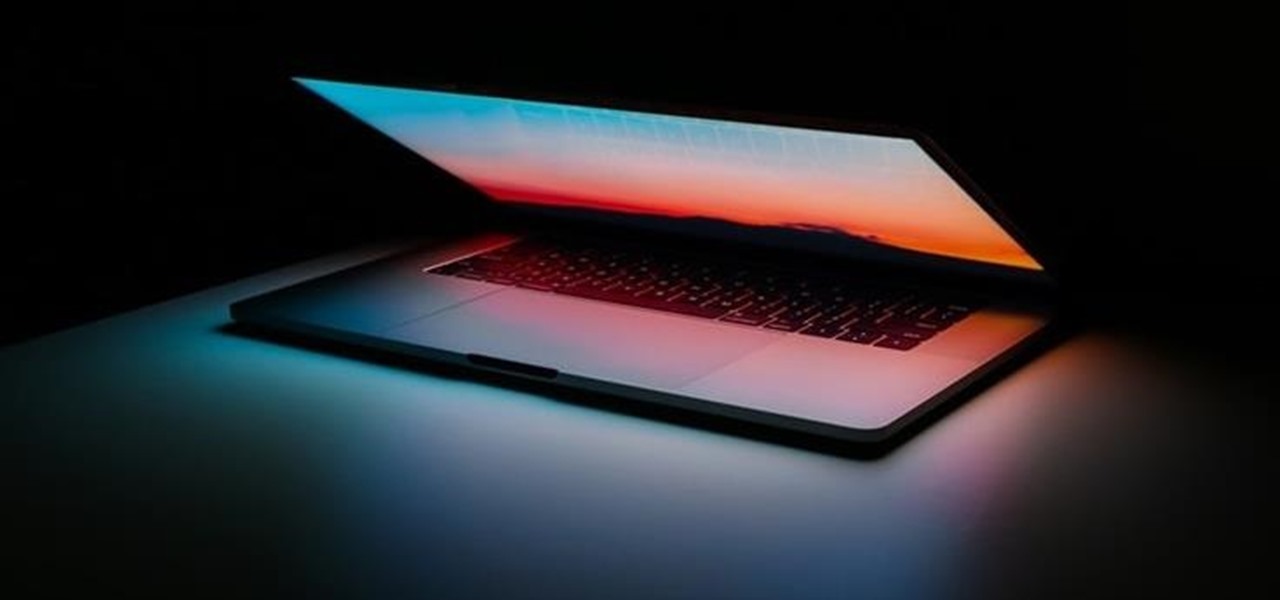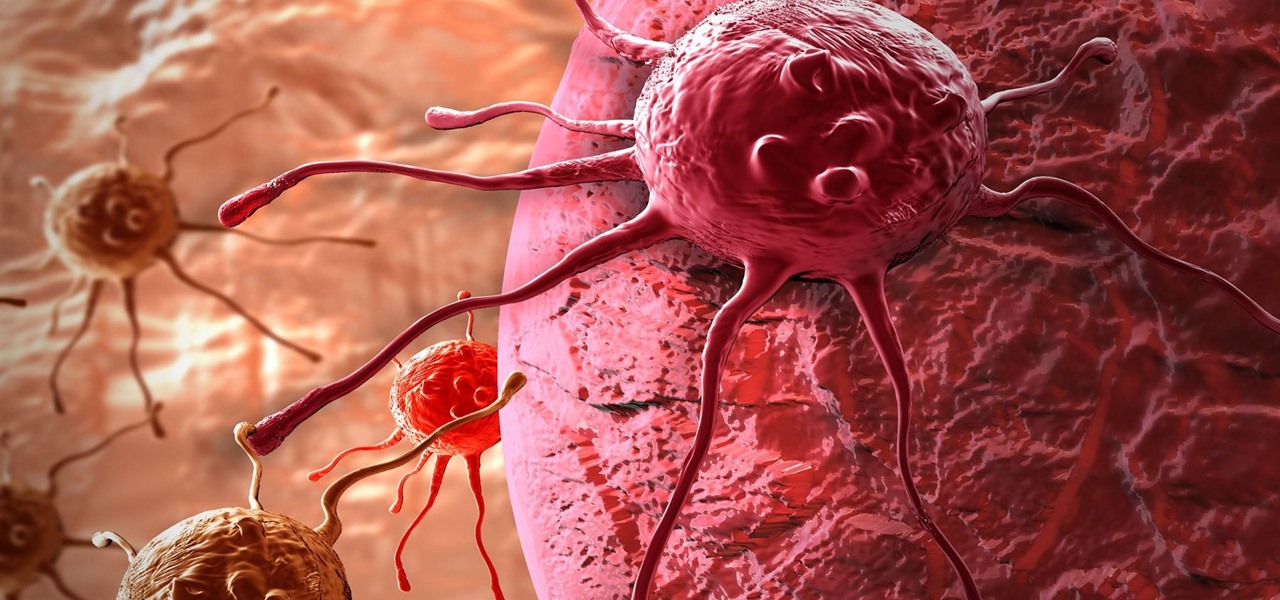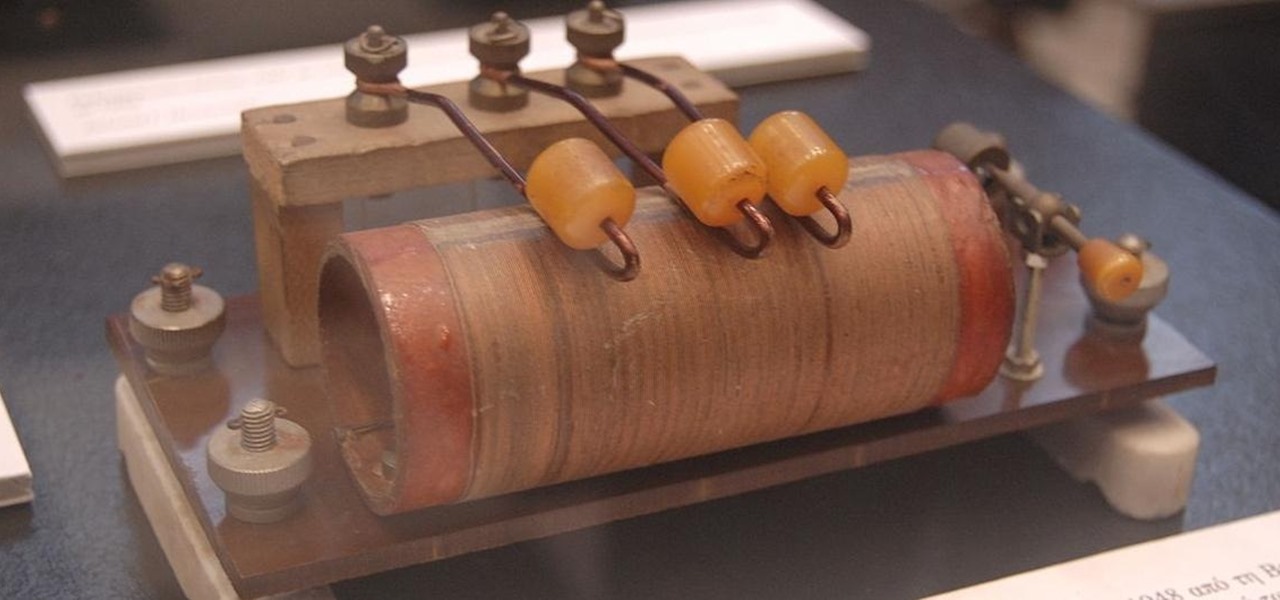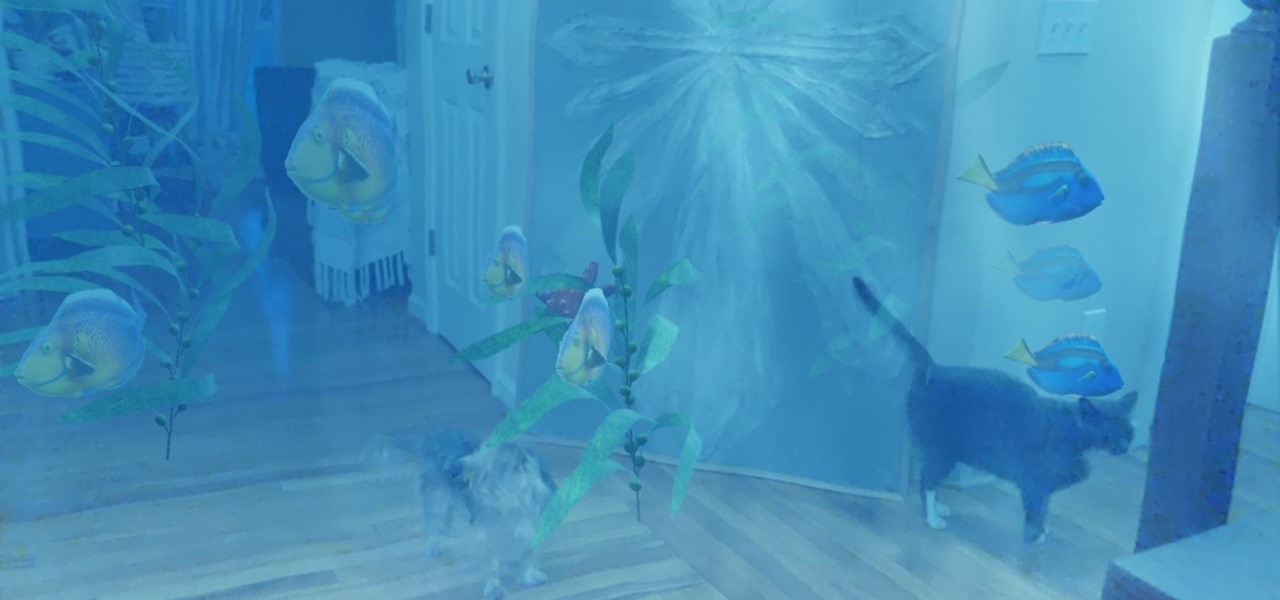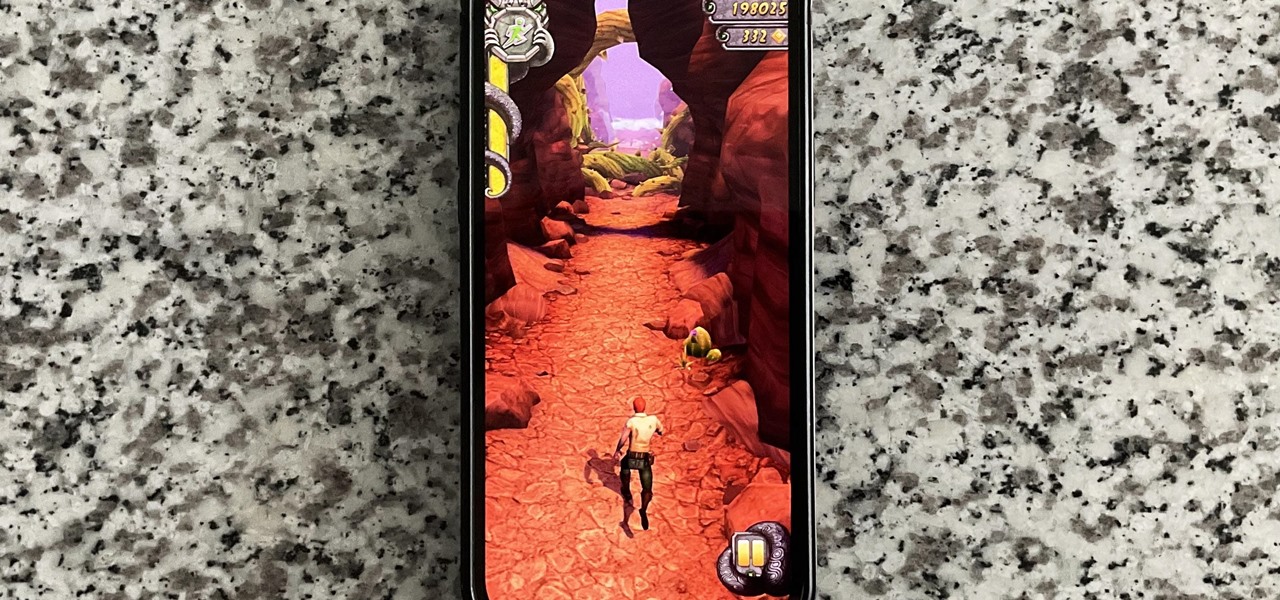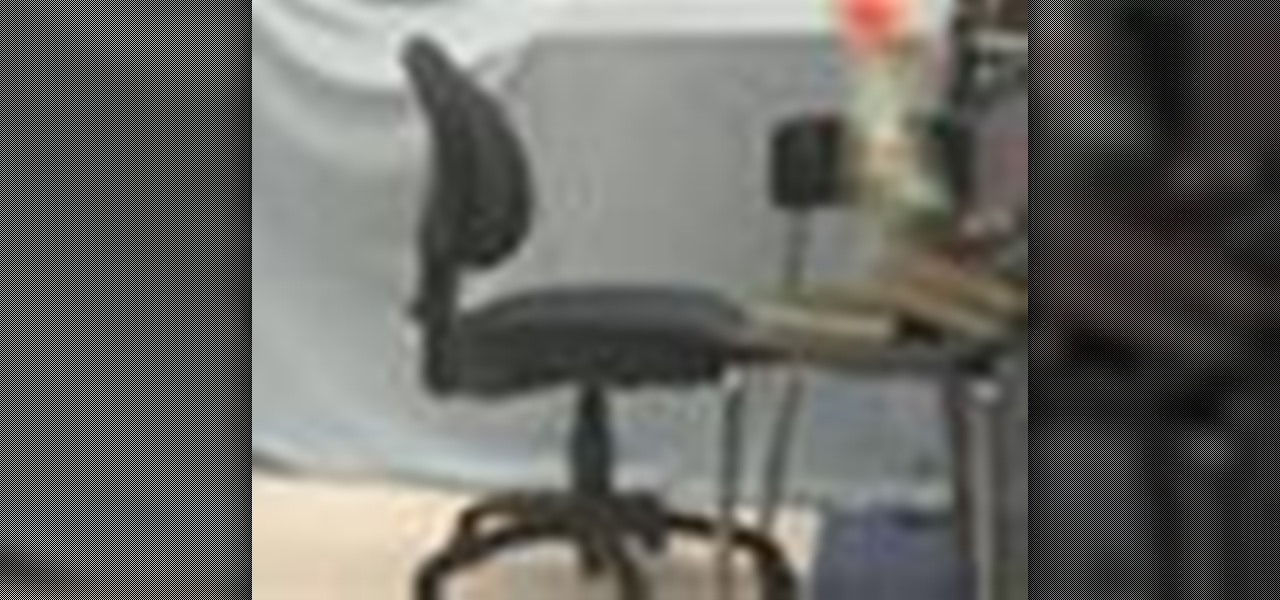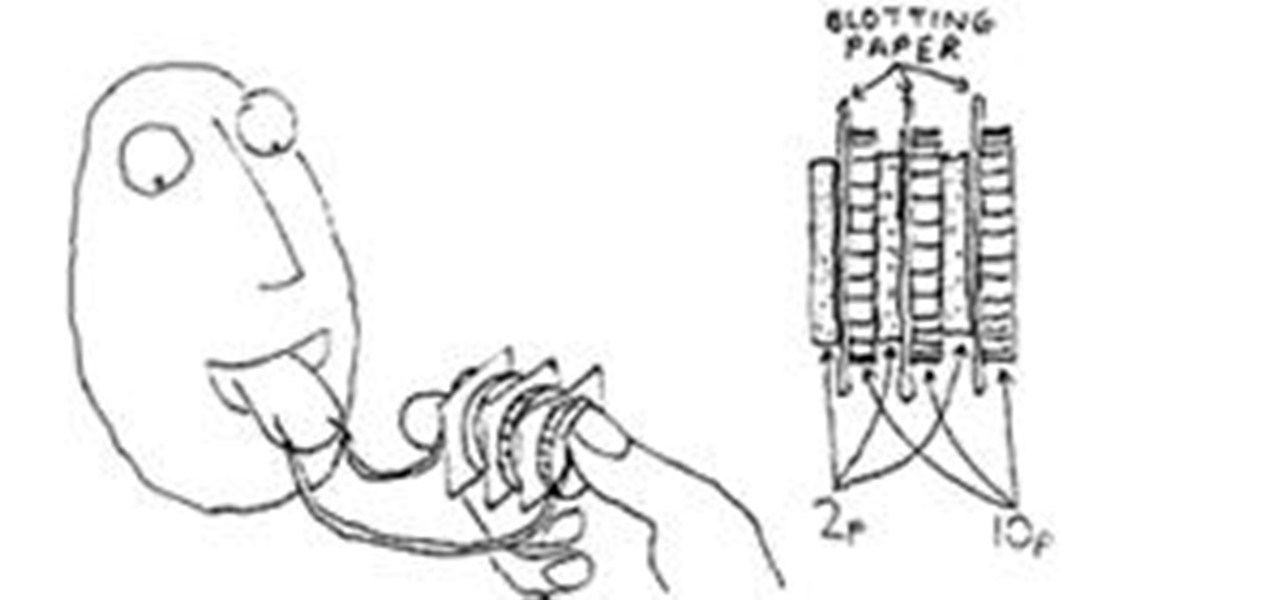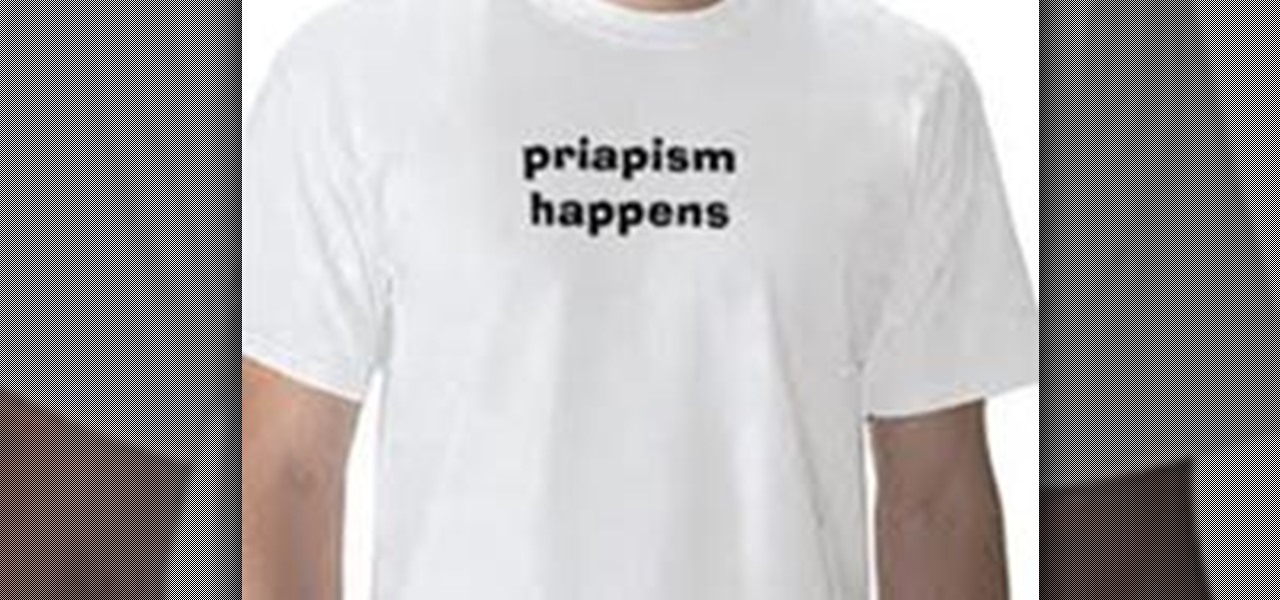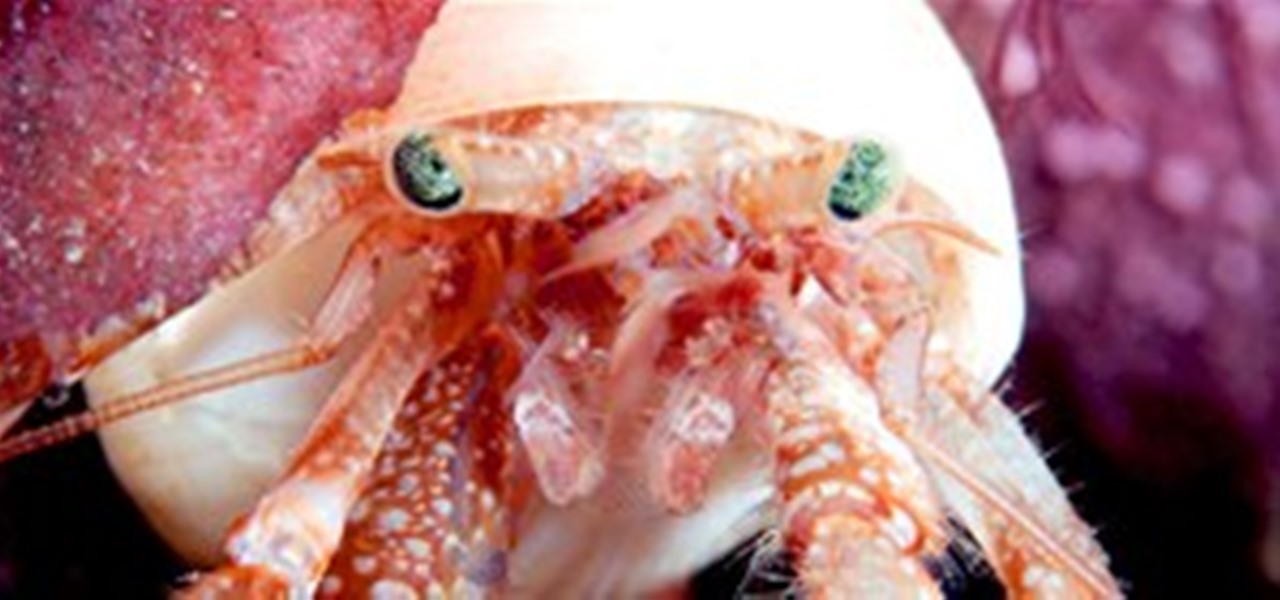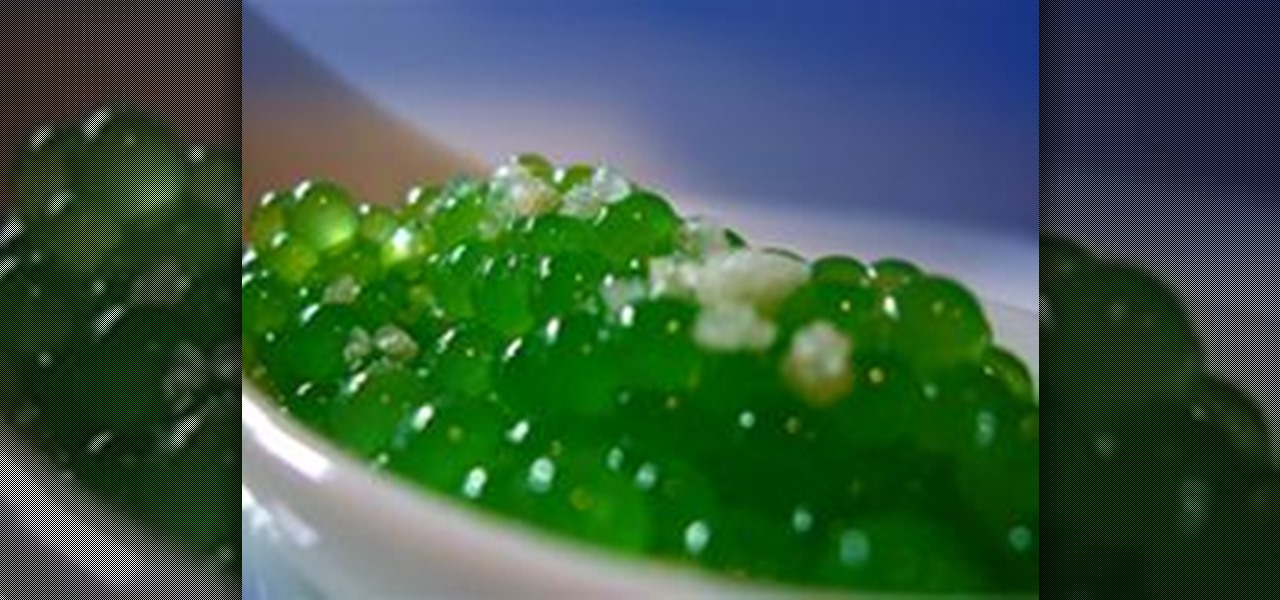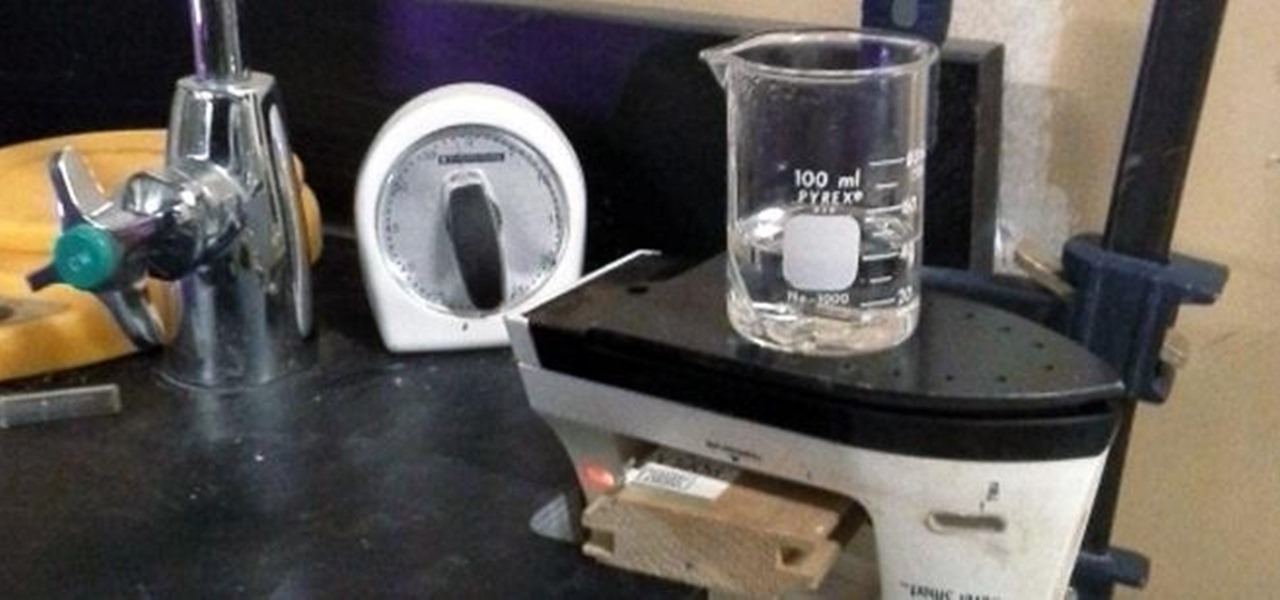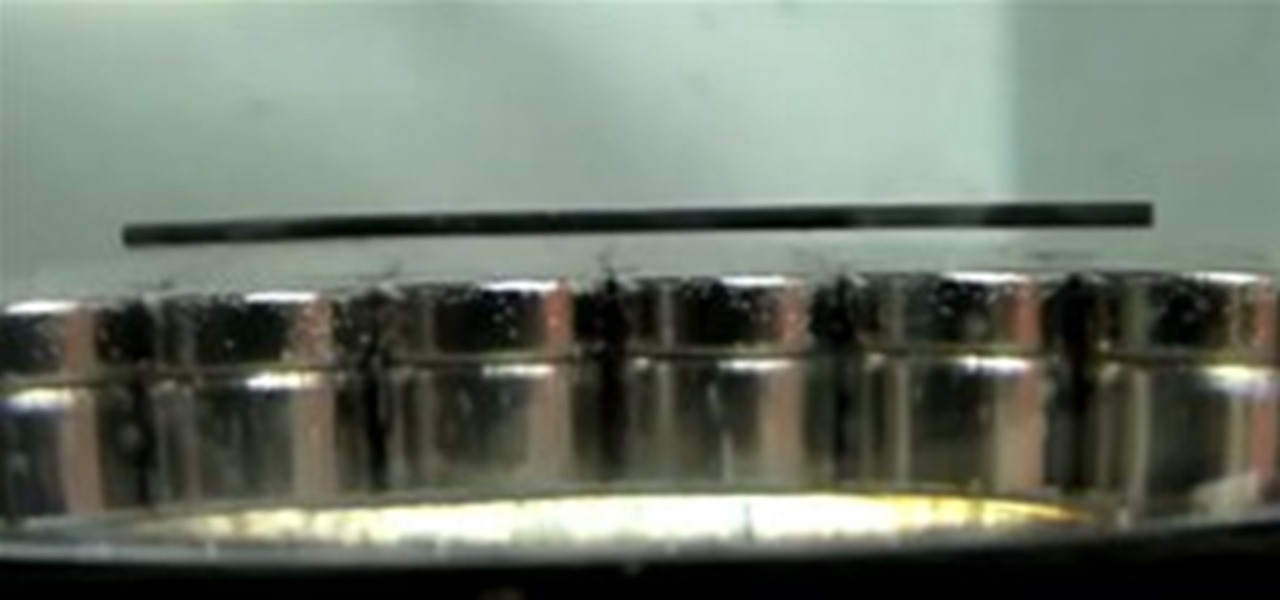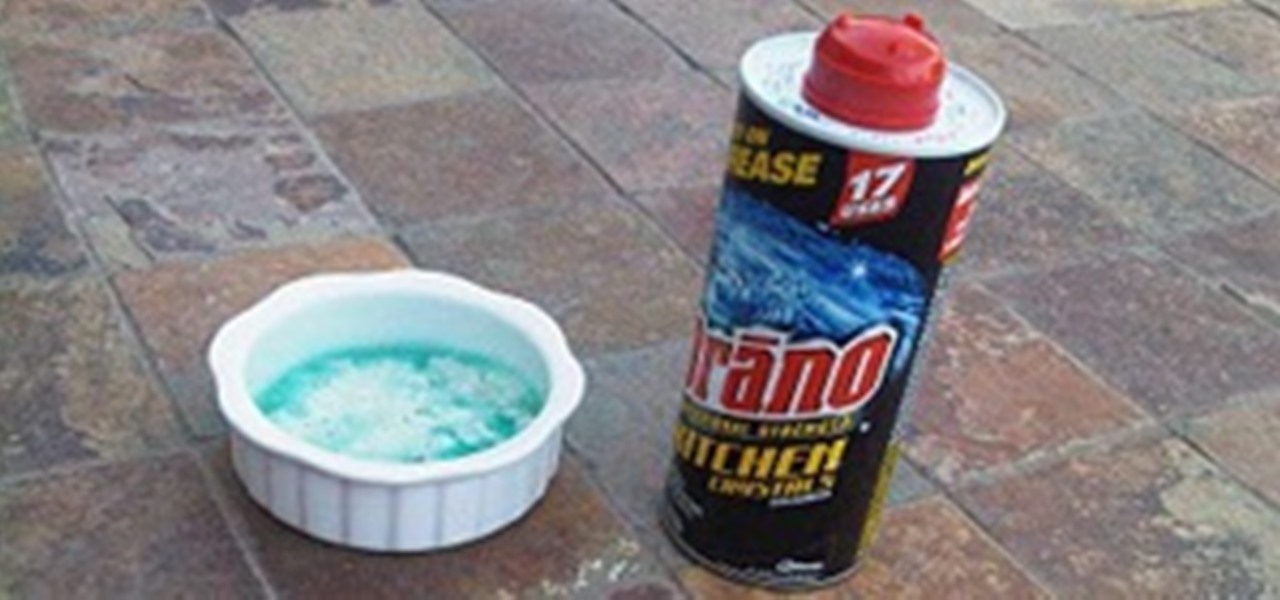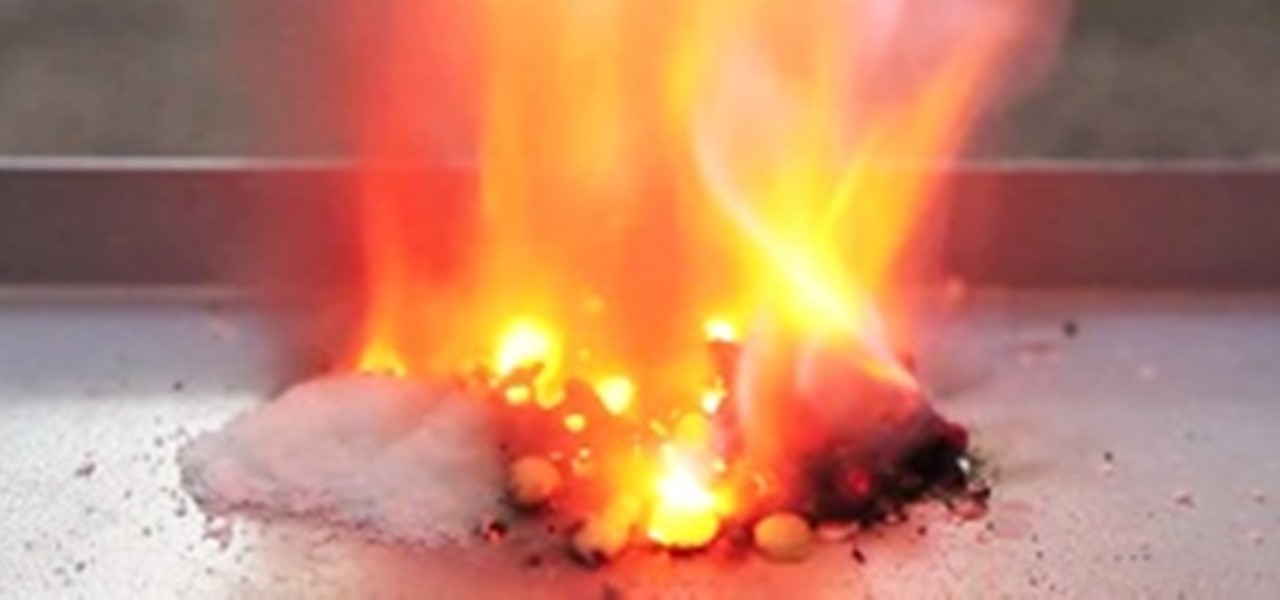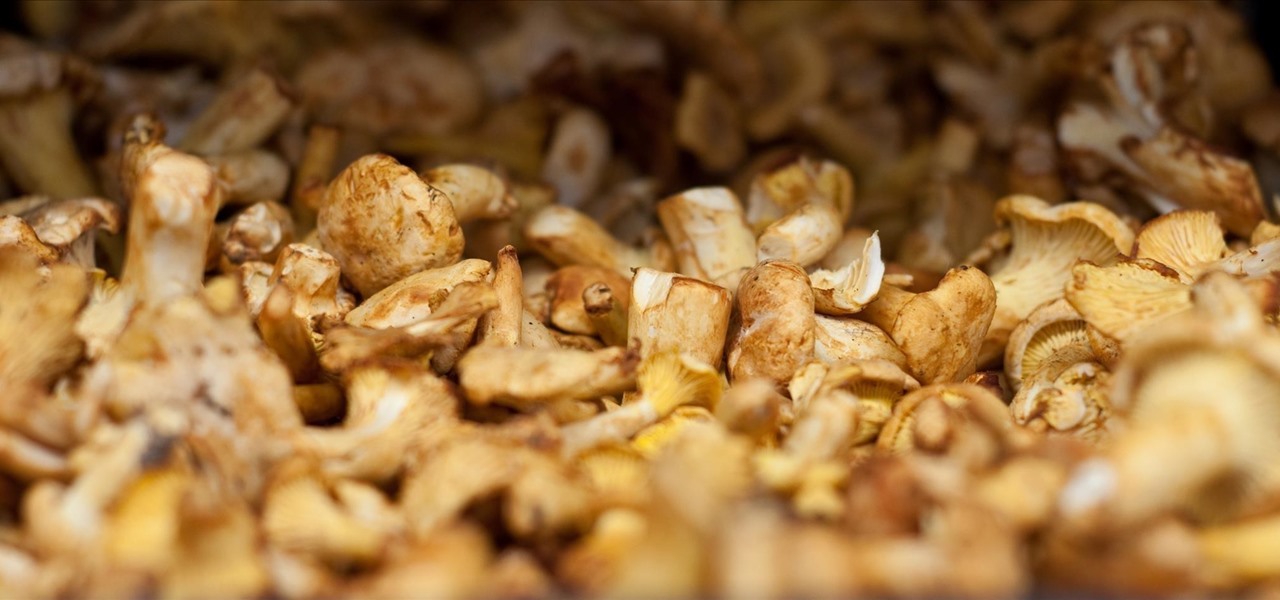
Eating vegetarian isn't just for vegetarians. There are plenty of reasons, health and economics-wise, to consider forgoing the meat for a meal or three. Rather than get deep into the world of fake meat (although there's many a tasty alternative to be found there, to be sure), you should consider getting to know your humble-seeming fungal friend: the mushroom. Thanks to their hearty flavor, cooks tend to treat mushrooms like meat, albeit one with its own unique characteristics. Mushrooms are e...
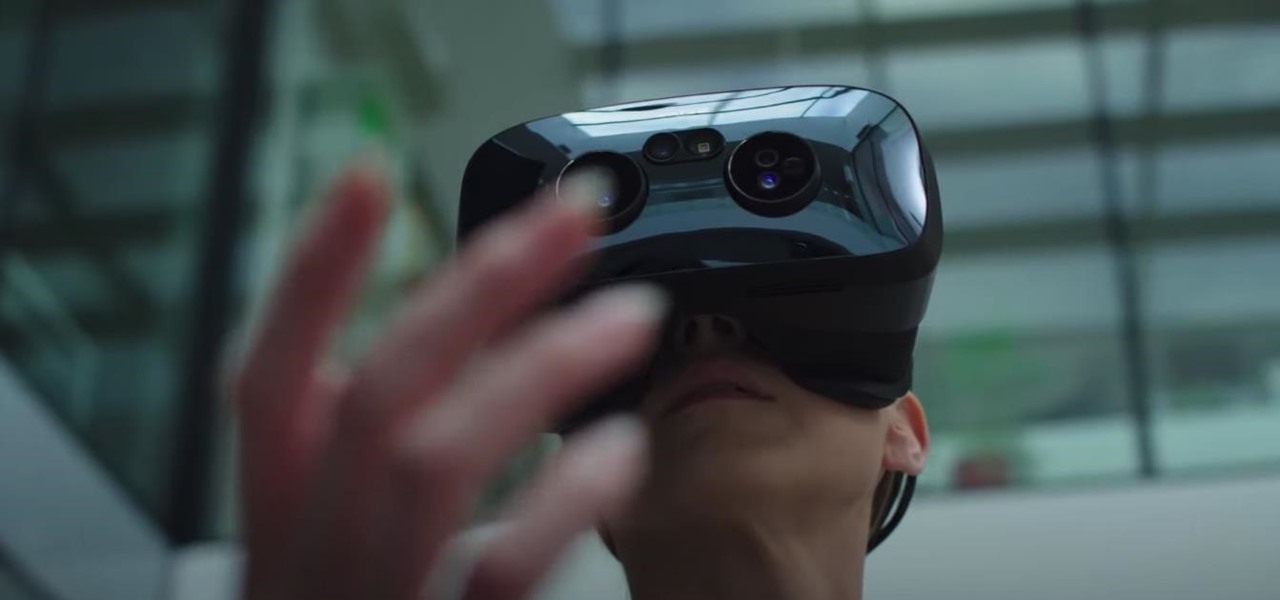
Hand tracking is a key component in making natural interactions with augmented reality content, and one of the leading technology makers in this discipline has just improved on its tracking engine.
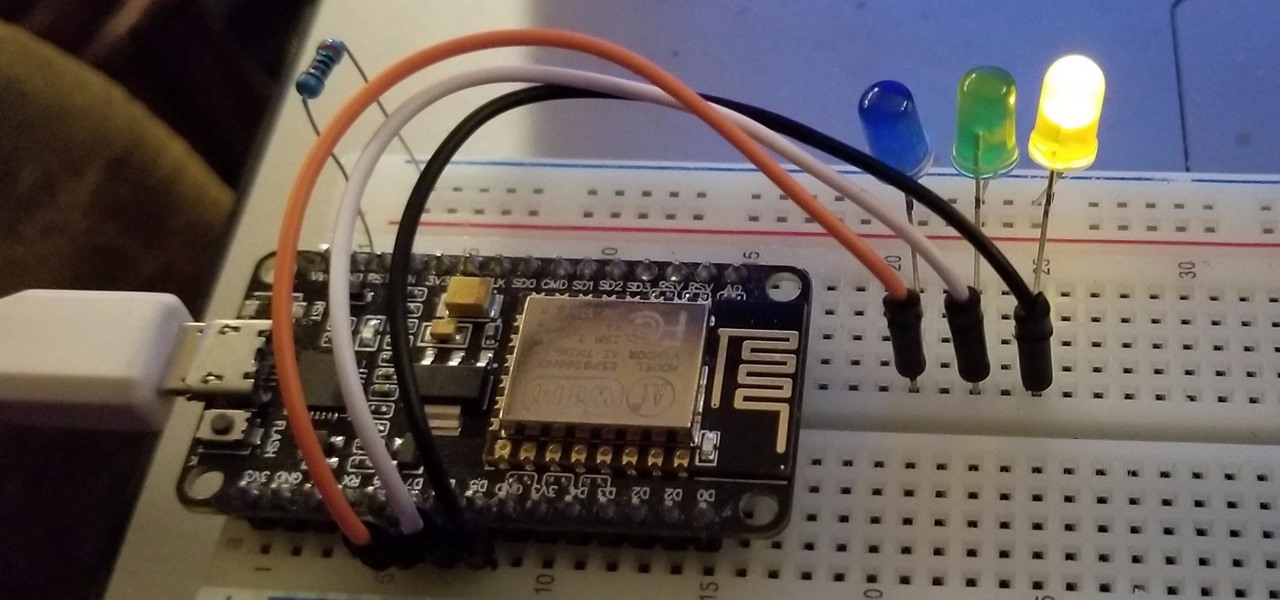
Smartphones and other Wi-Fi enabled devices send radio signals called probe frames to locate nearby wireless networks, which makes them easy to track by listening for their unique MAC address. To show how this kind of tracking works, we can program a NodeMCU in Arduino to sniff the air for packets from any device we want to track, turning on an LED when it's detected nearby.

What happens when a entrepeneur/theme park creator and special effects artist/magician team up? You get a team crazy enough to create the first true virtual reality theme park (sorry, Six Flags). They only have a single experience so far, but it's already taken a giant leap beyond the wonders we've seen in today's consumer virtual reality headsets.

Apple Card has generated quite the buzz since its March 2019 announcement. The iPhone maker's new credit card pairs with Apple Wallet on your device, is simple to sign up for, includes enhanced security over other cards, has zero fees, and provides daily rewards right to your Apple Cash account. And as good as that sounds, the fine print can complicate things real quick.

It's easier than you might think to hack into Wi-Fi routers using just one unrooted Android phone. This method doesn't require brute-forcing the password, a Windows OS for converting PowerShell scripts into EXE format, a reliable VPS for intercepting hacked Wi-Fi passwords, or Metasploit for post-exploitation tricks.

Apple's macOS operating system is just as vulnerable to attacks as any Windows 10 computer or Android smartphone. Hacker's can embed backdoors, evade antivirus with simple commands, and utilize USB flash drives to completely compromise a MacBook. In this always-updated guide, we'll outline dozens of macOS-specific attacks penetration testers should know about.

Smartphones and laptops are constantly sending Wi-Fi radio signals, and many of these signals can be used to track us. In this guide, we'll program a cheap IoT device in Arduino to create hundreds of fake networks with common names; This will cause nearby devices to reveal their real trackable MAC address, and it can even let an attacker take over the phone's data connection with no warning.

One could argue that, at least for the moment, software development is more important to the augmented reality experience than hardware. Since a viable augmented reality headset has yet to emerge for the broader, mainstream consumer market, currently, the same devices that make texting and selfies possible are leading the charge to enable easy-to-use AR experiences.

Andre was enjoying the carefree life of a 12-year-old with his friends, riding his bike and playing sports, like all kids that age. Schoolwork wasn't hard for him, and his grades showed that.

On July 20, 1969, humans set foot on the moon for the first time. But some say our microbes beat us there. With the Space Age came new questions about microscopic invaders from outer space and concern about where we are leaving our microbial footprints. The questions are even more relevant today.

There's a lot that goes into making a nice crystal radio set, so this is going to have to be broken down into two parts. The first part is the actual making of a functional radio, and the second part is making the whole arrangement look nice. In this part, I'm actually going to tell you more than just how to make a crystal radio, but I'm also going to explain how and why they work. Crystal radios are pretty Steampunk in and of themselves, since they were first developed in the late 19th centu...

While Apple and Samsung have started integrating depth sensors into the iPad Pro and Galaxy smartphones, more advanced AR experiences are arriving for standard smartphone cameras on Android devices.

Hackers are always seeking zero-day exploits that can successfully bypass Windows 10's security features. There has been extensive research into creating undetectable malware and entire GitHub projects dedicated to automating the creation of undetectable payloads such as WinPayloads, Veil v3, and TheFatRat.

Welcome to the first annual Next Reality 30, our list of people who've made the biggest impact on the augmented reality space in the last 12 months — and what a 12-month roller-coaster ride it's been. Apple introduced ARKit-powered apps last fall, Google launched ARCore for Android soon after, Snapchat began monetizing AR, and the Magic Leap One headset finally came out. These are historic times.

The App Store has been around for almost 14 years now, and during that time, we must have seen over a million games come and go and stay and expand. But only a tiny fraction of those games have become blockbuster sensations because of the mighty App Store's reach on iPhone and iPad, and many of the first big hits are still alive today for you to relive the good ol' days of mobile gaming.

This short video clip shows seven demonstrations of Isaac Newton’s first law of motion– the law of inertia. Newton’s law of inertia states that objects moving at constant velocity will continue moving at constant velocity, unless acted upon by an outside unbalanced force. Six of these demonstrations (excluding number six) are from Tik Liem’s book Invitations to Science Inquiry.

Everyone told you that smoking was bad for you, but sometimes it takes a visual lesson to finally quit smoking tobacco products.

In this tutorial Dave Cross experiments with the color range command and goes to work on a portrait to create some creative variations of the image.

Checkout this helpful interactive tutorial for learning acoustic or electric guitar. See how to learn chords for acoustic and electric guitars. The Guitar Chords section allows you to choose between electric or acoustic guitar, find any number of chords and hear them played on the virtual guitar.

Watch Monty Don as he experiments with a new method of growing summer-fruiting raspberries, which claims to yield fruit in the first year.

This photo editing software tutorial shows you how to change the depth of field of an image in Photoshop CS3. Learn two methods for creating depth of field effects with Photoshop. The first is very simple and more well known. For the second, Colin Smith experiments with the Lens Blur Filter. This technique will add believable depth of field to you images. Create dreamy backgrounds while keeping your main subject crisply in focus in Photoshop. Change depth of field in Photoshop CS3.

This tutorial experiments with a current design trend of creating cyber punk backgrounds using Adobe Photoshop and Illustrator in tandem. For more information, including detailed, step-by-step instructions, watch this free video software tutorial.

If you love action and adventure then you've come to the right place. Get ready for a red-hot science explosion as the A-TV science superstars show you how to make your very own erupting volcano!

Hunkin's Experiments offers over 200 science experiments freely available in comic strip form. The experiments are organized in 18 different categories, covering a wide range from simple trickery to more technical experiments. The author, Tim Hunkin, is a trained engineer turned cartoonist, and also responsible for TV series/site The Secret Life of Machines (worth a look).

Kent Chemistry offers up some of the most exciting chemistry and general science experiments from their lab. Here Mr. Kent illustrates the process of creating fire with dry ice. How does freezing and flame mix? Watch now to see the amazing chemical reaction!

It's slime time! Get ready to make some sticky, gooey, slippery slime with the A-TV science sleuths.

Soap suds aren't just for dishwashing! Blow away your family and friends with this cool science experiment.

Do you want to create your own underwater adventure? Then let the A-TV science squad show you how to make the coolest underwater vessle around. You'll be the captain of your own submarine in no time!

Do not ever laugh or shrug off what medical bottles or boxes give you as side effects or warnings. All of the side effects and warnings are put on the medication for a purpose. Priapism is a topic we all laugh or giggle about but it is a very serious emergency problem.

In recent years, Russian marine biologist Alexander Semenov has built a stunningly beautiful collection of deep sea photography, capturing alien creatures only locatable in the hostile, icy depths of the far northern sea off the coast of Russia.

Now you see it, now you don't! Team up with the science sleuths of A-TV to make your own invisible ink.

I first heard the term molecular gastronomy while watching an episode of Bravo's Top Chef a few seasons back. Intrigued by the concept, I sought to find out more about this modern, deconstructed type of cookery. If you happen to be around foodies and the topic of molecular gastronomy comes up (which very likely will at some point) you'll want to have a few points to contribute and maybe even give them a run for their money.

If you're the kind of person who frequently does science experiments at home, you probably have a hot plate. But if you're more of an occasional amateur scientist (or just don't want to buy one), it's much easier to hack your own.

Recreating one of Will's mad science experiments, I made some potassium nitrate crystals. This was definitely the most fun part of my DIY smoke mix. I can't win the contest, but I'm just putting it up here for fun, since I liked the pictures so much.

Just stumbled across Mozza's new cookbook, authored by Nancy Silverton, co-owner (along with Mario Batali & Joe Bastianich) of the famous Los Angeles restaurant/pizzera. Silverton is also founder of the La Brea Bakery.

Check out this SciAm article on using techniques proven to manipulate your dreams.... just like Leo in Inception!

The anonymous doctorate of science, Nurdrage, is back with another fascinating HowTo (previously featured, glow sticks). Dr. Lithium's latest video demonstrates how to practice diamagnetic levitation using common household pencil lead and magnets.

The only thing better than successfully pulling off a new experiment is doing it with household materials. You get to laugh in conceit as professional scientists everywhere spend all their grant money on the same project you just accomplished with some under-the-sink chemicals! However, there are times when DIY gets dangerous. Some household chemicals are not pure enough to use and some are just pure dangerous. Let's take a look at two problems I have encountered in the course of mad sciencing.

I finally got around to trying out another one of Will's mad science experiments and found out that this one was actually more satisfying (and less frustrating) than my slightly uncooperative jar jet. There's something very pleasing about making potassium nitrate at home in the kitchen and then watching the transformation from semitransparent liquid to spiky, frozen crystals. That was the best part for me, second only to igniting it with its sugar companion.







